The UK and France have agreed to transform their existing Combined Joint Expeditionary Force (CJEF) into a new, operational Combined Joint Force (CJF), aiming to create a scalable, deployable corps-level military formation capable of deterrence and warfighting in the Euro-Atlantic theatre.
Announced in the Lancaster House 2.0 declaration, the move places the CJF on a standing operational footing for the first time.
The agreement pledges to “significantly increase the declared Combined Joint Force (CJF) capacity, up to fivefold, ensuring the ability to plan and command Combined Corps Capability… as part of NATO or bilaterally.”
The revamped CJF will be structured to serve as NATO’s Strategic Reserve, with full interoperability across land, air, maritime, cyber and space domains. A dedicated cell will be created to “oversee military strategic coordination and planning through to operational coordination,” and the CJF will adopt new missions across Europe while retaining the ability to project power globally if required.
“The CJF will provide the joint planning framework to cohere the Coalition [for Ukraine], ensure joint operational and strategic messaging… preparing for the operational deployment of the CJF in the event of a ceasefire,” the declaration states. The force will also be able to integrate additional allies under UK-French leadership and remain complementary to NATO’s broader command architecture.
The CJF represents a marked departure from the more limited ambitions of the CJEF. Writing in 2023, RUSI’s Paul O’Neill argued that the CJEF risked becoming “a totemic symbol for Lancaster House,” lacking clear operational function. He described it as “a military solution to a political problem rather than a response to a military need.”
That critique now appears to have been taken seriously. The new CJF is framed not only as a Franco-British tool for bilateral coordination, but as an operational headquarters and reserve formation capable of augmenting NATO in a crisis. The UK and France have set out a shared ambition to eventually offer “two fully interoperable Strategic Reserve Corps to NATO, enabled by the CJF.”
Whether that vision becomes reality will depend on sustained resourcing, political commitment and military buy-in from both sides. But the CJF’s reactivation offers a rare moment of strategic clarity in UK-French defence cooperation and a potential model for serious, scalable European military integration within the NATO framework.




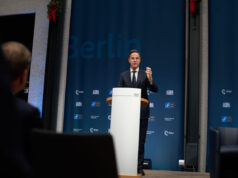
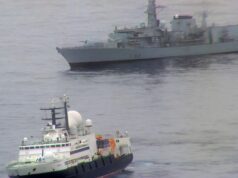
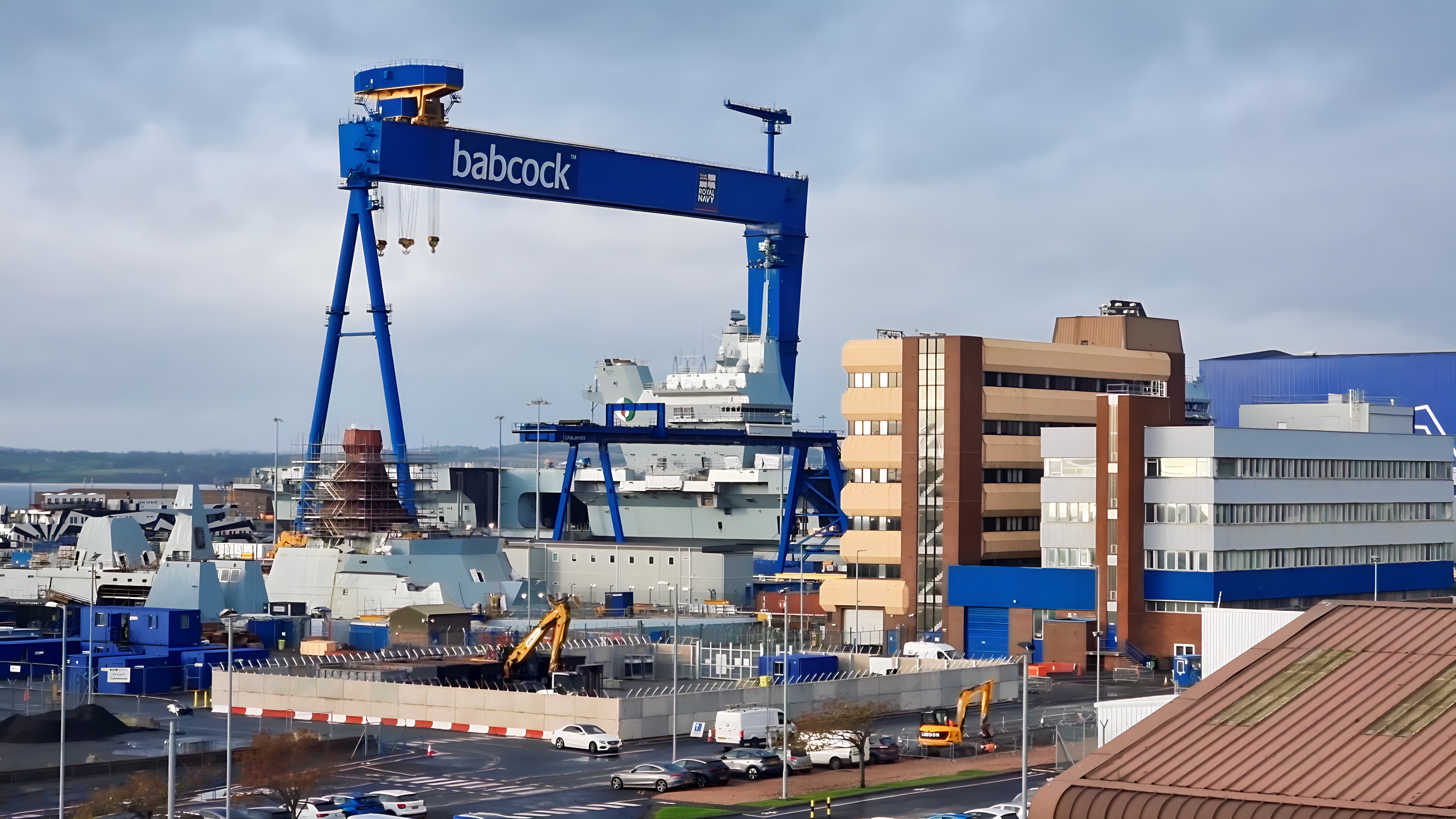
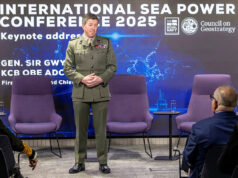
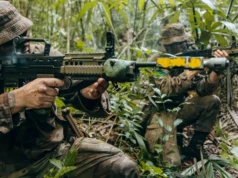



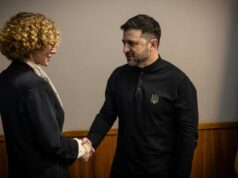

We struggle to put together a UK battle group. Where are the armed forces going to get the resources for this adventure?
The Franco-British forces could form the basis of a peacekeeping mission in Ukraine, with up to 50,000 troops, Macron said.
John, we really don’t struggle to put together and deploy a BG. A Brigade is a harder ask of course.
I wonder what common language will prevail in the planning rooms and in the field? On multi-national operations in NATO it makes sense to stick to one language but with just UK and France? “Naturellement, nous parlerons toujours Français!!”
This is great news and gives a basis for EuroNATO should the US further removes itself from the equation. Like it or not Europe has to prepare for a tied response that operate within NATO but more importantly separate from it if necessary. At least this is the start of forming such a capacity.
Are we tripple hatting 3rd Div now?